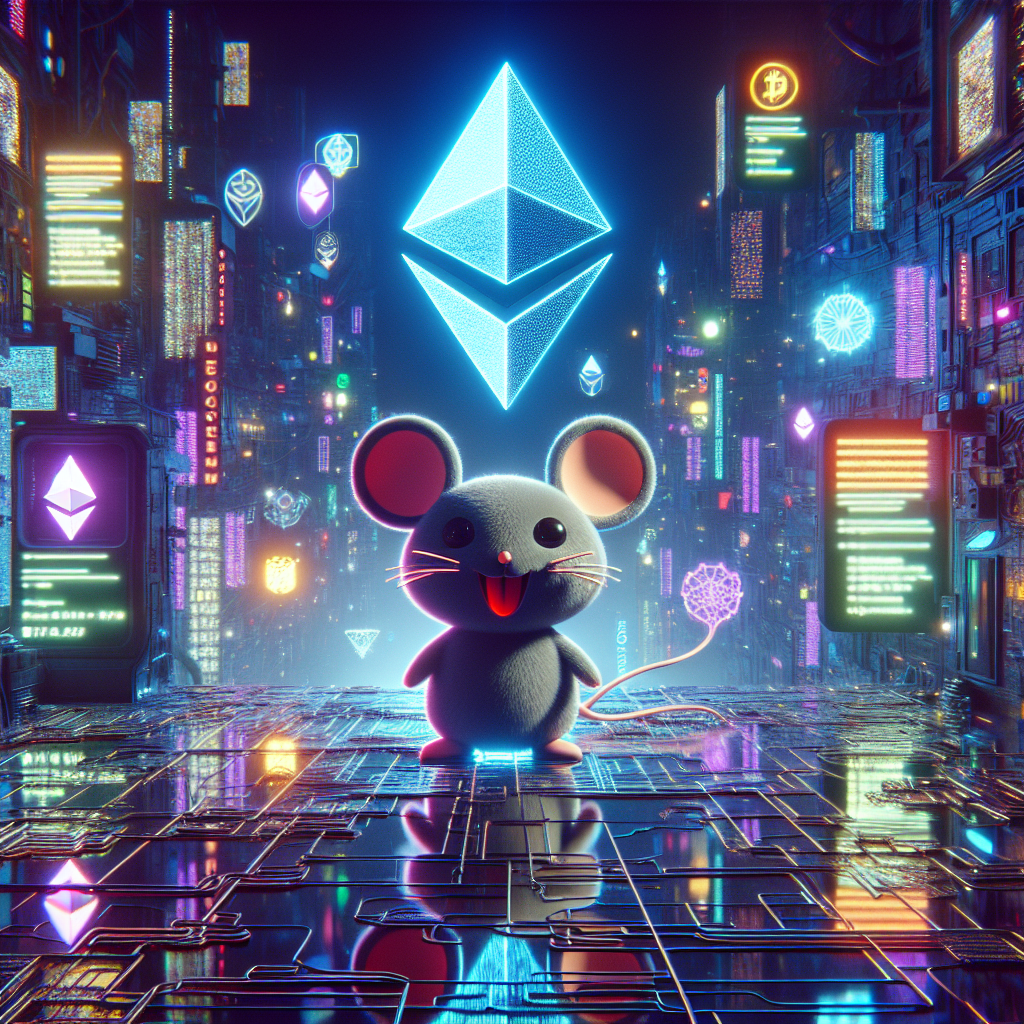CorionX: A Closer Look at Transparency and Trust in Blockchain
Project Overview
CorionX, developed by the Corion Foundation, positions itself as a utility token designed to support the adoption of stablecoins, DeFi solutions, and CBDCs. With a focus on cross-chain interoperability and staking functionalities, the project aims to bridge the gap between traditional finance and the digital economy.
What Stands Out
A detailed review of the CorionX website reveals a strong commitment to transparency and compliance. The project provides:
- Comprehensive team information with professional profiles
- Clear mission statement and tokenomics
- A well-structured roadmap
- Technical insights into staking and cross-chain capabilities
- Legal compliance details, including imprint and regulatory plans
This level of disclosure helps build trust and provides a solid foundation for potential investors or partners seeking clarity and professionalism.
Where the Gaps Lie
Despite the strengths of the website, the whitepaper tells a different story. Key elements are missing, including:
- Team and advisor details
- Expanded roadmap entries
- Revenue model explanations
- Governance structure and decision-making framework
Additionally, the absence of third-party regulatory and compliance audits raises concerns about verification. These inconsistencies between the website and whitepaper create a fragmented narrative that may leave some stakeholders seeking more assurance.
Business Model Potential
CorionX’s ambition to offer fast, secure, and low-cost digital transactions is well-aligned with current market needs. The integration of staking, blockchain bridging, and educational initiatives adds depth to its ecosystem. However, the lack of operational detail in the whitepaper limits the project’s ability to fully convey its long-term value proposition.
Final Thoughts
CorionX presents a compelling case through its website, showcasing professionalism, transparency, and a clear business direction. However, the whitepaper’s omissions and the lack of independent verification highlight areas that warrant further investigation.
For those interested in a deeper dive into CorionX—including a full breakdown of its strengths, risks, and compliance status—our full analysis is available through our membership platform. This comprehensive report is designed to support informed decision-making in the fast-moving world of blockchain investments.
💡 About This Summary
This overview is based on an automated audit of the project’s website, whitepaper, and public documentation. It provides a high-level snapshot to help you decide whether to explore further or move on to the next opportunity.









